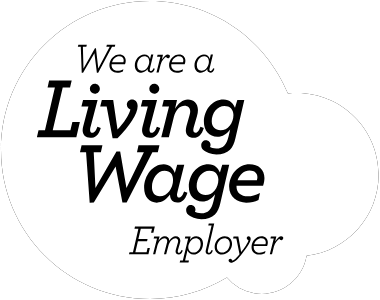With live events and conferences making a strong comeback, panel discussions are once again a vital forum for sharing ideas, challenging perspectives, and shaping collective thinking across industries. But while much attention is given to the speakers, it’s often the moderator who determines whether the conversation inspires—or stalls.
Moderation is both an art and a leadership act. A skilled moderator does more than keep to time—they elevate ideas, manage dynamics, and ensure the audience walks away with clarity and value.
I’ve recently had the privilege of moderating panels at Anthropy, the annual gathering of leaders reimagining Britain’s future. I’ve also had moments where I wished I’d asked a sharper follow-up, had greater courage to re-steer a diverging answer, or simply paused to let a point land. I don’t always get it right—but every panel is a chance to get better. These are the five principles I keep returning to.
1. Prepare like a journalist
An effective moderator operates as a well-informed guide, not a performer. The role requires a command of both the subject matter and the personalities involved. This means doing more than simply reading briefs or drafting a list of questions—it means understanding the context in which the discussion sits, the backgrounds and perspectives of each panellist, and where their views may align or diverge. A clear grasp of the broader industry landscape is equally important, allowing the moderator to navigate jargon, challenge assumptions where necessary, and surface insights that are both relevant and timely.
In practice, this means preparing well in advance. Where possible, schedule individual conversations with each panellist ahead of the event to understand their key messages and any sensitivities. A short group call closer to the date—particularly if participants haven’t met—can also help establish rapport and foster a better dynamic on the day.
It is also important to clarify the intended purpose of the panel from the outset. Is the goal to inform, to educate, or to drive a specific action? Being aligned on this objective will influence how the conversation is structured and how success is measured.
Finally, recognise that different speakers have different preferences. Some panellists appreciate receiving a list of questions and a broad agenda in advance, while others prefer a looser, more spontaneous format. It is worth establishing these preferences early, so each contributor feels comfortable and prepared—without over-rehearsing what should ultimately be a natural and engaging discussion.
2. It’s not about you!
One of the most important lessons in panel moderation is understanding your role—not as the star of the show, but as the person who enables others to shine. You are the host, not the hero. Your presence should feel assured but unobtrusive, visible but not dominant. From the moment you step on stage or open the session, your job is to create a space that feels purposeful, inclusive, and well held. A confident but warm welcome sets the tone—not just for the panel, but for the audience too. It lets everyone know the conversation is in capable hands.
When introducing panellists, keep it sharp and relevant. Resist the urge to read full bios or give lengthy commentary. Audiences value efficiency, and panellists will thank you for keeping things moving. This is sometimes easier said than done as you need to be respectful of the time your panellists are giving and their reasons for being there. Set clear expectations from the start—how long the session will run, how the conversation will flow, and whether or not there will be time for questions.
One of the more subtle challenges is balancing presence with restraint. Moderation isn’t about proving your own expertise. It’s about drawing out the insights of others. The best moderators know when to speak and when to stay silent, when to nudge and when to let something land.
Think of yourself as the bridge between the panel and the people in the room. Your job is to connect, contextualise, and occasionally clarify—but not to dominate. If you’re ever in doubt, return to that principle. It’s about them, not you.
3. Engineer conversation, not speeches
One of the most common pitfalls in panel discussions can be the absence of real interaction. It’s surprisingly easy for a panel to devolve into a series of disconnected monologues, a presentation parade where each speaker delivers their point and then retreats, without any real engagement with the others. When this happens, the session risks becoming flat and audiences may disengage.
To avoid this, it’s essential to create space for dialogue—not just between the moderator and each individual panellist, but among the panellists themselves. The real value of a panel often lies in the exchange of ideas, the contrast of viewpoints, and the moments of surprise or connection that emerge when speakers genuinely respond to one another. That kind of interaction doesn’t always happen naturally, especially when panellists are prepared to deliver their own narrative but not necessarily to enter a conversation. That’s where the moderator’s role becomes crucial.
Using simple but deliberate “bridge” prompts can be incredibly effective in sparking cross-panel dialogue. Phrases like, “Would anyone like to respond to that?” or “Does anyone see it differently?” invite other voices in without putting anyone on the spot. These invitations create a gentle tension—enough to encourage engagement, but not so much that it feels forced or combative. In fact, some of the most electric moments I’ve witnessed on panels have happened in those unscripted exchanges, where one panellist builds on another’s point, adds a new perspective, or offers a respectful challenge. That’s when the conversation really comes alive.
But getting there requires active listening and agility from the moderator. If one voice starts to dominate or a speaker veers into a solo presentation, it’s important to gently steer the discussion back into a more collaborative rhythm. That doesn’t mean cutting people off—but it does mean reading the energy in the room and knowing when to intervene with a new question, a redirection, or an opportunity for another voice to enter.
4. Be Adaptable
This part of moderating can be particularly challenging—especially for people who draw their confidence from meticulous preparation. But the truth is, no matter how well you’ve prepared, real conversations rarely go exactly to plan!
A strong moderator understands this and knows how to adjust in real time. You need to be present enough to read the room—picking up on when energy is dipping, when an audience is disengaging, or when a particular thread of conversation is losing relevance. It may mean skipping a question you thought was crucial, reframing a response that didn’t quite land, or gently steering the panel away from an overly technical tangent back to something more meaningful and accessible.
This isn’t about abandoning your plan; it’s about staying responsive to the moment. Keep your attention not just on what your panellists are saying, but on how the audience is receiving it. Look out for subtle cues—shifting in seats, stifled coughs, wandering eyes. These are signs that something might need to change. Sometimes it’s a matter of picking up the pace. Sometimes it’s about slowing things down to let a big idea breathe.
It can be worth having a ‘reset’ question up your sleeve; one that’s broad enough to widen the lens of the discussion and spark a new energy.
5. Close with purpose
The close is where themes are reinforced, and the audience is given something to take away—whether that’s a fresh perspective, a question to reflect on, or a clear call to action.
A considered close is more than just a polite thank you to your speakers, though that matters too. It’s about distilling what’s been said into a few resonant takeaways and making space for the audience to feel the value of the conversation. This is especially important in a world where attention is fragmented and time is short—leaving people with a sense of resolution and purpose ensures the discussion doesn’t just land, but lasts.
Where possible, finish a minute or two before your allotted time. This gives the session breathing room and shows respect for both the audience and the next speakers. What you want to avoid is a rushed final question, a vague sign-off, or the conversation simply running out of steam. A panel that fizzles out can undo the impact of everything that came before it.
In the end, a good moderator brings the same care to the close of a session as they do to the opening. It’s not about summing up every point, but about drawing a clear line between discussion and direction—and leaving the audience with something that stays with them long after they leave the room
So, in summary, moderating is not about having all the answers—it’s about knowing which questions unlock the best in others. It’s about listening as much as leading. And it’s about serving the room, not your own ego.
I’m still learning, and probably always will be. But when a panel flows well—when ideas collide, voices blend, and the audience fully engages it shows how powerful these moments of shared thinking can be.






